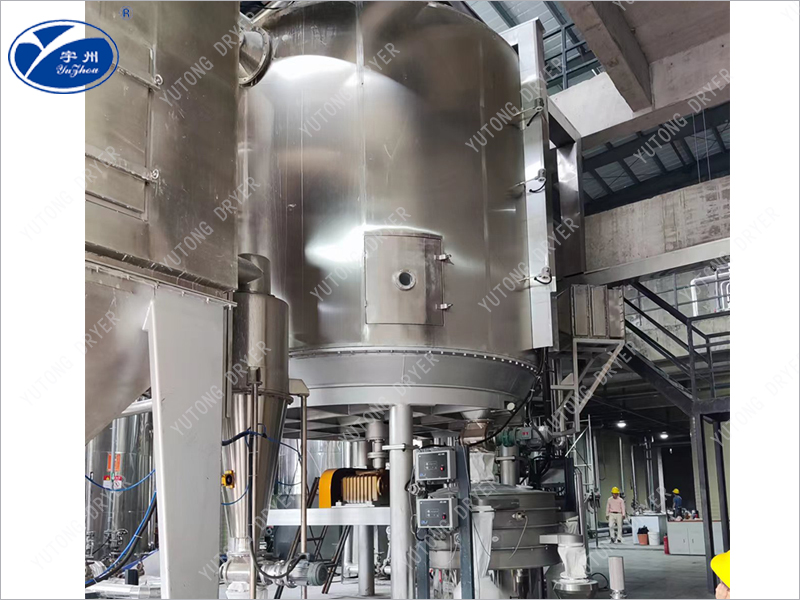
Mudanjiang Chemical Plant
Precipitated Calcium Carbonate (Light Calcium Carbonate), also known as precipitated calcium carbonate (PCC), calcines limestone and other raw materials to produce lime (mainly calcium oxide) and carbon dioxide. Then add water to digest lime to produce lime milk (the main component is calcium hydroxide), and then through carbon dioxide carbonized lime milk to produce calcium carbonate precipitation, and finally by dehydration, drying and crushing. Or, calcium carbonate is precipitated by the double decomposition reaction of sodium carbonate and calcium chloride, and then prepared by dehydration, drying and grinding. Because the sedimentation volume of light calcium carbonate (2.4-2.8mL/g) is larger than that of heavy calcium carbonate (1.1-1.4mL/g), it is called light calcium carbonate. White powder. Tasteless, odorless. The specific gravity is about 2.71. Decomposition at 825 ~ 896.6℃. Melting point 1339℃. There are two forms of amorphous and crystalline form, and the crystalline form can be divided into rhombic crystal system and hexagonal crystal system, which are columnar or diamond shaped. Insoluble in water and alcohol. It dissolves in acid and releases carbon dioxide at the same time, showing an exothermic reaction. Also soluble in ammonium chloride solution. Stable in air with slight moisture absorption.
Calcium carbonate product is a powder, according to the average particle size of calcium carbonate powder (d) size, calcium carbonate can be divided into fine calcium carbonate (d> 5μm), micro-powder calcium carbonate (1μm)